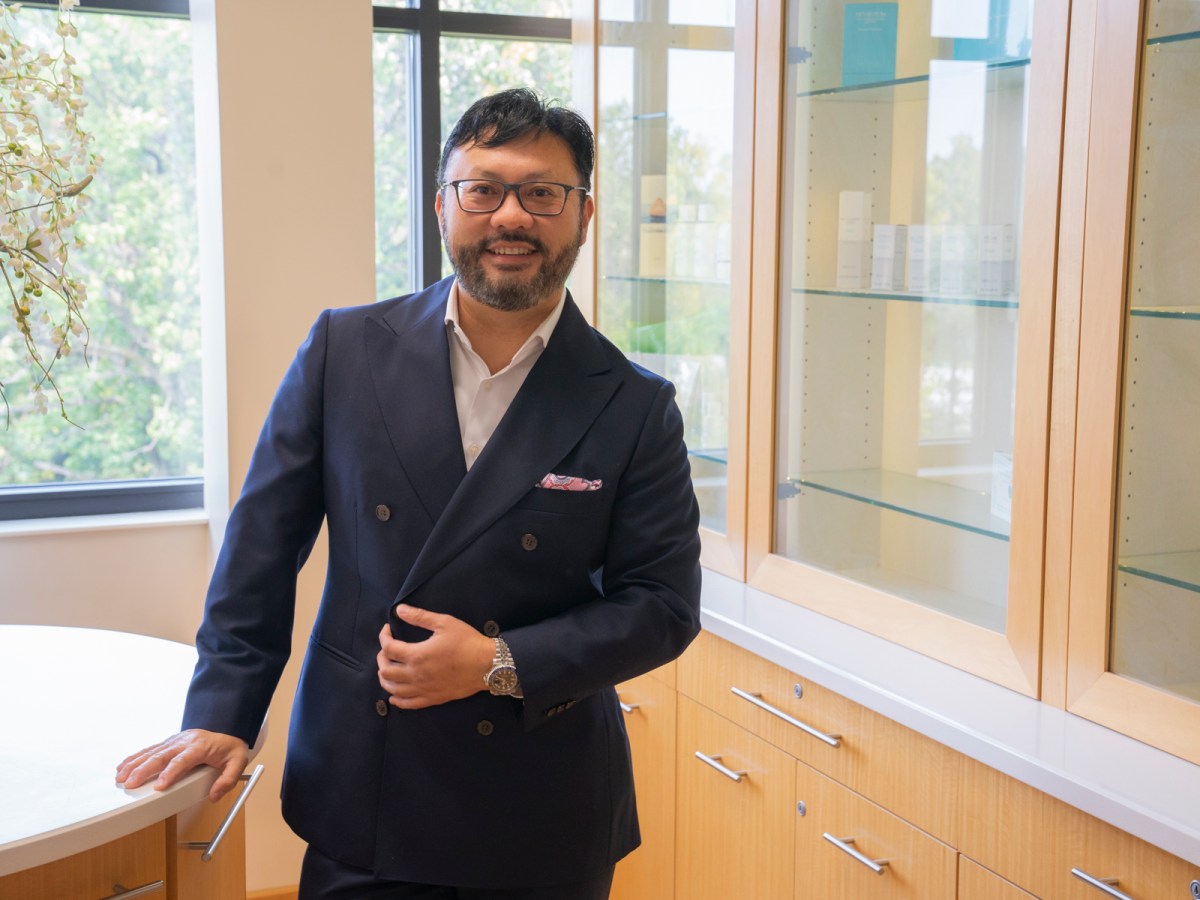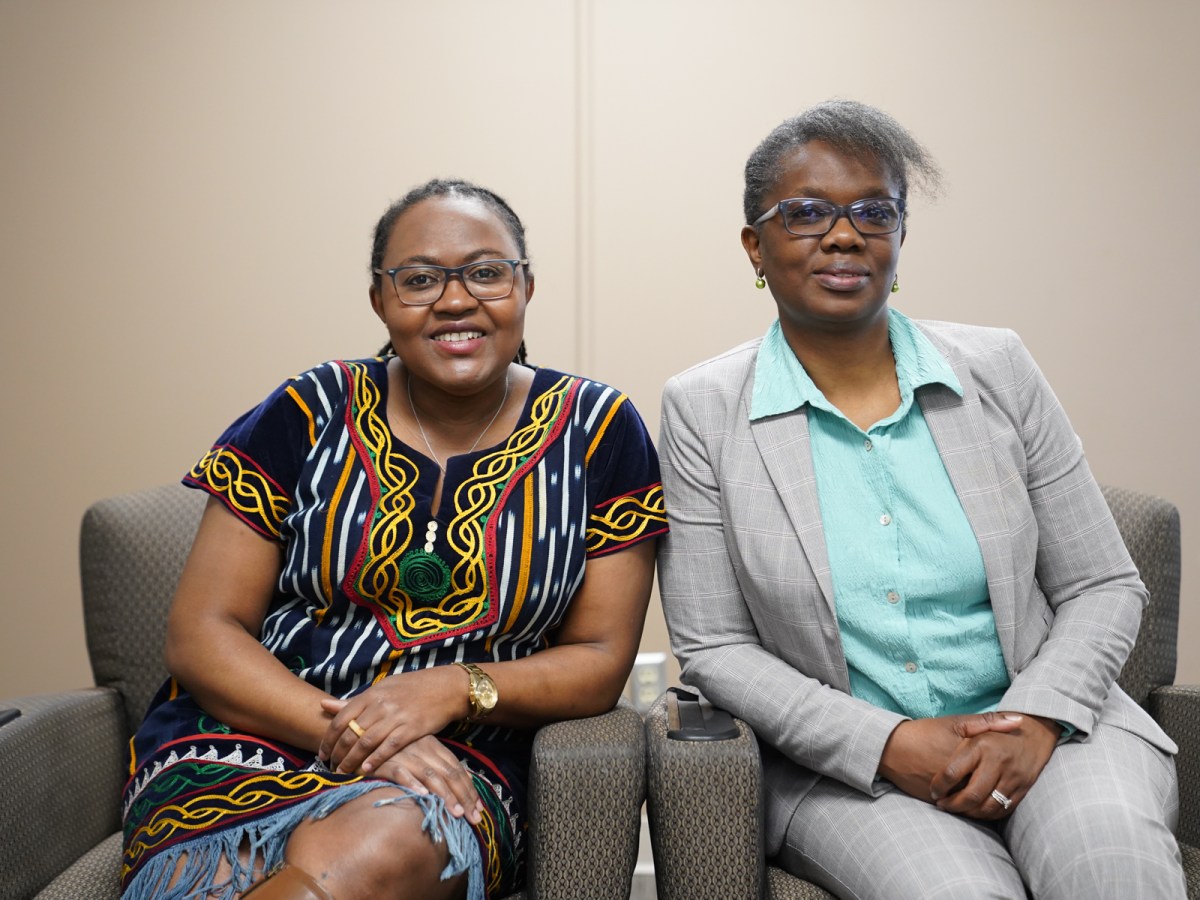Fresh out of her final year of residency, Dr. Nasreen Quadri landed at Abbott Northwestern Hospital in Minneapolis. It was July 2020, not long after the start of the pandemic, and both patients and doctors were dealing with many unknowns. Communication was key.
Months earlier, in May 2020, the FDA had authorized the emergency use of the antiviral remdesivir under specific circumstances, though it required discussion with patients about potential risks.
related sTORIES
Even under normal circumstances, getting consent from patients is tricky, Quadri explains. “Sometimes it’s perceived as, ‘O.K., I’ll do it because you’re recommending it,’” she said, and not all doctors take the time to ensure the patient truly understands.
In her experience, they are even less likely to do so if the patient does not speak English.
Now, in a pair of recent papers, Quadri and her colleagues at the University of Minnesota’s National Resource Center for Refugees, Immigrants and Migrants (NRCRIM), show that people whose preferred language isn’t English had significantly worse health outcomes during the pandemic.
How social determinants influence health
For Quadri, who studied internal medicine and pediatrics, knowing about diseases and how to cure them — hard as that may be — is only a part of her job. More challenging is something she had to learn on the job: communicating effectively with patients.
She tries to reach the point where her patients trust her enough to tell her what they need. That can be an emotionally challenging task, one made harder when a patient and doctor have to overcome a language barrier.
Then there is prejudice. Besides making communication more complicated, a language gap may lead doctors to view patient accounts as less credible, Quadri said. “If the patient senses that, they may be less likely to share details with you.”
Raised by Indian immigrants in Chicago, Quadri has seen members of her own family struggle to adapt to American life when lacking proficiency in English. That experience makes her particularly sensitive to the systemic barriers faced by immigrants and refugees in the health care system.
Quadri is also acutely aware of the language barrier, through her work with NRC-RIM. Funded by the Centers for Disease Control and Prevention (CDC), NRC-RIM aims to support health departments and community organizations working with immigrant and refugee communities that have been disproportionately affected by health inequities. With the help of community representatives, the organization created informational posters and websites in dozens of languages about symptoms, testing, and treatment of COVID.
But Quadri and her collaborators at NRC-RIM knew that much more could be done to serve the needs of immigrant and refugee communities.
One of the people at the helm of NRC-RIM when it was founded was Dr. Bill Stauffer. “Increasingly, it’s being recognized that the major influences on health are social determinants, their housing, food access, the food, socioeconomic status,” said Stauffer, over a video call from Kenya, where he currently resides.
Having served for 18 years as a lead advisor to the CDC on immigrant and refugee health, Stauffer has a “million stories” about how the lack of professional interpretation has led to worse health outcomes.
The cumulative experiences of the team naturally lead them to be curious about the impact of language barriers on people’s health. At first, Quadri explained, “ some of the language may not even be known amongst medical interpreters.” So they took an iterative approach, involving multiple rounds of consultations with community representatives.
“It is only when you know both the informal language and the medical terminology,” she said, that you can effectively convey your message.
Data reveal disparities
Given the nuanced nature of communicating across linguistic and cultural barriers, the NRC-RIM team wondered how much difference they’d see in health outcomes for people who do not speak English.
To answer that question, the team turned to patient data. For years, HealthPartners facilities have been collecting information on patients’ interpreter needs. One of the many questions people who go to a HealthPartners facility have to answer is whether they need an interpreter and what their preferred language of communication is.
During the pandemic, when millions of people were infected by the same virus, those questions provided an opportunity to look at what happened to people who said they needed an interpreter or who preferred to speak in a language other than English.
Quadri and her colleagues cross-checked the medical records of people who went to a HealthPartners Clinic between early 2019 and early 2022 against whether they spoke English. They found that people who had asked for an interpreter not only got the vaccine later than those who did not have an interpreter — they were also twice as likely to die of COVID-related illnesses such as pneumonia.
Qaudri expected to see differences in health outcomes for this group, but she was “really surprised by the magnitude of relative risk of hospitalization and death for people who spoke languages other than English.”
Race has long been recognized as a factor determining health outcomes. The patterns the NRC-RIM group saw highlight the importance of collecting additional, multi-dimensional demographic data such as language preferences.
For example, while Asian people as a whole were less likely to fall sick during COVID than white people, Asians speaking Myanmar languages and Hmong were at a higher risk than most other groups. On the other hand, while white people generally had better health outcomes than Black people, those speaking Eastern European languages did worse than English-speaking Black people.
What all this shows is that while race and ethnicity continue to be a major systemic factor influencing health outcomes, language might be another critical dimension.
Importantly, Stauffer points out, this does not mean that language barriers directly caused worse health outcomes during the pandemic. The group does not have the data to establish whether the people who asked for an interpreter got one and if they did, what the quality of interpretation was.
“The point we tried to make was that if you can show that somebody who speaks a different language is at a much higher risk, that gives you information that you can act on to actually try to decrease that risk,” he said.
New interest in interpreter services
For Quadri, the takeaway is that more work needs to be done to meet the unique needs of refugee, immigrant, and migrant communities.
Providing reliable interpretation service could be a start. “Now under Obamacare, you have to provide interpreter services,” Stauffer said. And while Minnesota is better than many states, “Most hospitals, including the University of Minnesota, don’t dependably provide interpreter services,” he said.
“M Health Fairview provides a variety of language services and communication aids to meet the diverse communication needs of the multilingual community we serve,” a representative of the company told Sahan Journal. (M Health Fairview runs several hospitals in partnership with the University of Minnesota.) The spokesperson continued, “Fairview employs a dedicated team of staff interpreters focused on meeting the communication needs of our patients, families, and companions.”
Dr. Hope Pogemiller, who helped create a course for medical interpreters at the University of Minnesota but wasn’t part of the NRC-RIM study, agrees with Stauffer. Part of the problem, she said, is that many doctors see interpreters as “not an essential member of the team.”
Often, instead of taking the time to communicate with the patient, doctors will order a slew of tests, a practice sometimes referred to as “veterinary medicine.” It’s expensive, invasive, and stressful. But recently Pogemiller has seen an uptick in interest in the medical interpreter course and increasing interest among new trainee doctors about working with interpreters, which she sees as a sign of a much-needed cultural change.
Another way that health systems can address the gap is by collecting data on what kinds of services are needed. This would give a clearer understanding of the extent of the problem and help funnel the right kinds of resources to the communities that need it, says Quadri.
With the data she does have, Quadri is now trying to figure out whether non-English speaking patients who were hospitalized during those early days of the pandemic got the care they needed. As part of her work with NRC-RIM, she also recently helped to create resources on sexual and reproductive health, part of her aspiration to not only probe the gaps in the healthcare system but fill them when the opportunity arises.
Correction and clarification (August 24, 2023): This story has been changed to clarify the titles of several individuals, and to correct the acronym for NRC-RIM. The story has also been updated to better describe NRC-RIM’s mission and work.






